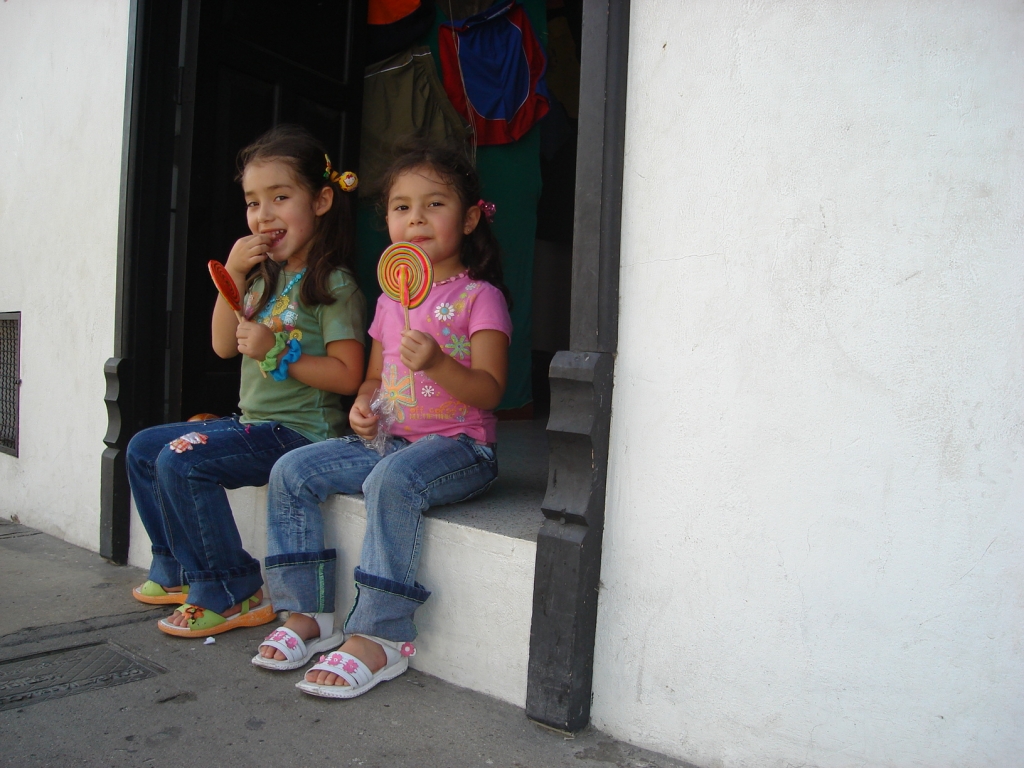Latinos Online 2012 Study
A Latinos Online 2012 study was presented by comScore, world leader in measuring of the digital world. The Latinos Online 2012 study shows a mexican online population reaching 27.9 million unique visitors in June 2012 and consumed an average of 20.5 hours per month per visitor.
 Other important discoveries included in the report are:
Other important discoveries included in the report are:
- Mexicans consumed 7.8 hours/month per visitor on social networks
- Politics sites saw a 384% growth in the a month of visitors since last year
- 81.7% of the Mexican internet audience watched online videos
- The biggest amount of visitors to retail sites were made in Hardware and Computer Software
- 3 of 5 internet visitors in Latin America are 35 or younger
- Venezuela, Colombia and Mexico have the youngest users online
- Google sites are the most visited destination in Mexico, Facebook has the most activity
- Mexicans access instant messaging, blogs and photography sites more than the global average
- Facebook leads and will continue to grow; LinkedIn and Tumblr have an impressive growth in Mexico
- 8.7 hours consumed on Facebook on average per visitor in Mexico. 90% penetration in Mexico
- Youtube is the most popular entertainment site in Mexico, reaching 76% of the audience
- Mexican users see 157 videos on average per user
- Mexican visitors of business/finance sites is still the lowest in the region.
- Windows Live Messenger is overwhelmingly the favorite of Mexico.
- Sites for lifestyle, in particular those focusing on women and family visits lead the community.
- Education sites attract 42% of Web population in Mexico.
- The UNAM is the most visited site in Mexico in the Education category.
- Mexico leads together with Chile in traffic of mobile devices connected in the region.
- Brazil and Mexico are the most used tablets.
Source: comScore
Image: Shutterstock






